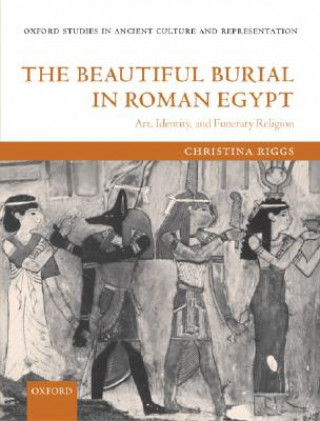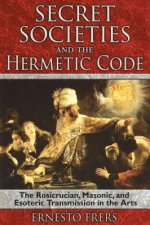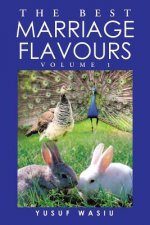
Doručení
Nákupní rádce





Nehodí se? Vůbec nevadí! U nás můžete do 30 dní vrátit
 Dárkový poukaz
V libovolné hodnotě
Dárkový poukaz
V libovolné hodnotě
S dárkovým poukazem nešlápnete vedle. Obdarovaný si za dárkový poukaz může vybrat cokoliv z naší nabídky.
Beautiful Burial in Roman Egypt
 Angličtina
Angličtina
 916 b
916 b
30 dní na vrácení zboží
Mohlo by vás také zajímat


Oxbow says: New forms of visual representation entered Egyptian art traditions along with exposure to the Greek world under the Ptolemaic dynasty. The movement towards greater naturalism in art and naturalistic portraiture in particular, had a great impact on Egyptian funerary traditions and became the choice of the local elites. Christina Riggs' study examines 'beautiful' burials in Roman Egypt from the mid-1st century BC to the end of the 3rd century AD, focusing especially on two coffin groups from the vicinity of el-Hibis in the Kharga Oasis and Akhmim in Middle Egypt. Through detailed analysis of these burials with their decorated coffins, inscriptions, stone stelae and complex iconography, Riggs looks at how aspects of Egyptian funerary symbolism and treatment were combined with Greek artistic traditions. In this regard, her interests go beyond the more typical preoccupation with portraiture, to include a discussion of more than 150 objects and tombs. This evidence is placed within the context of changes in visual arts during this period, existing funerary traditions and religious beliefs, and the social, political and economic nature of Egyptian society from the Roman conquest through to the early Byzantine period.
Informace o knize
 Angličtina
Angličtina
Kategorie




 Jak nakupovat
Jak nakupovat




























